1854-1933
Laurits Andersen Ring
L.A. Ring was one of the most prominent representatives of Realism in Danish art. He was the son of an artisan, and himself trained as a house painter until he was admitted to the Royal Danish Academy of Art. Throughout his life he stuck to his origins, both personally and in his work. He took his name from the little south Zealand village where he was born, and the rural population and its surroundings became his constantly recurring subject.
One characteristic of Ring’s paintings is a raw, direct realism. He looked at the world with a penetrating gaze that was painfully sharp and merciless, as in the first picture here, which captures the memory of a childhood experience in the village of Ring.
55,5 x 47,5 cm
1885
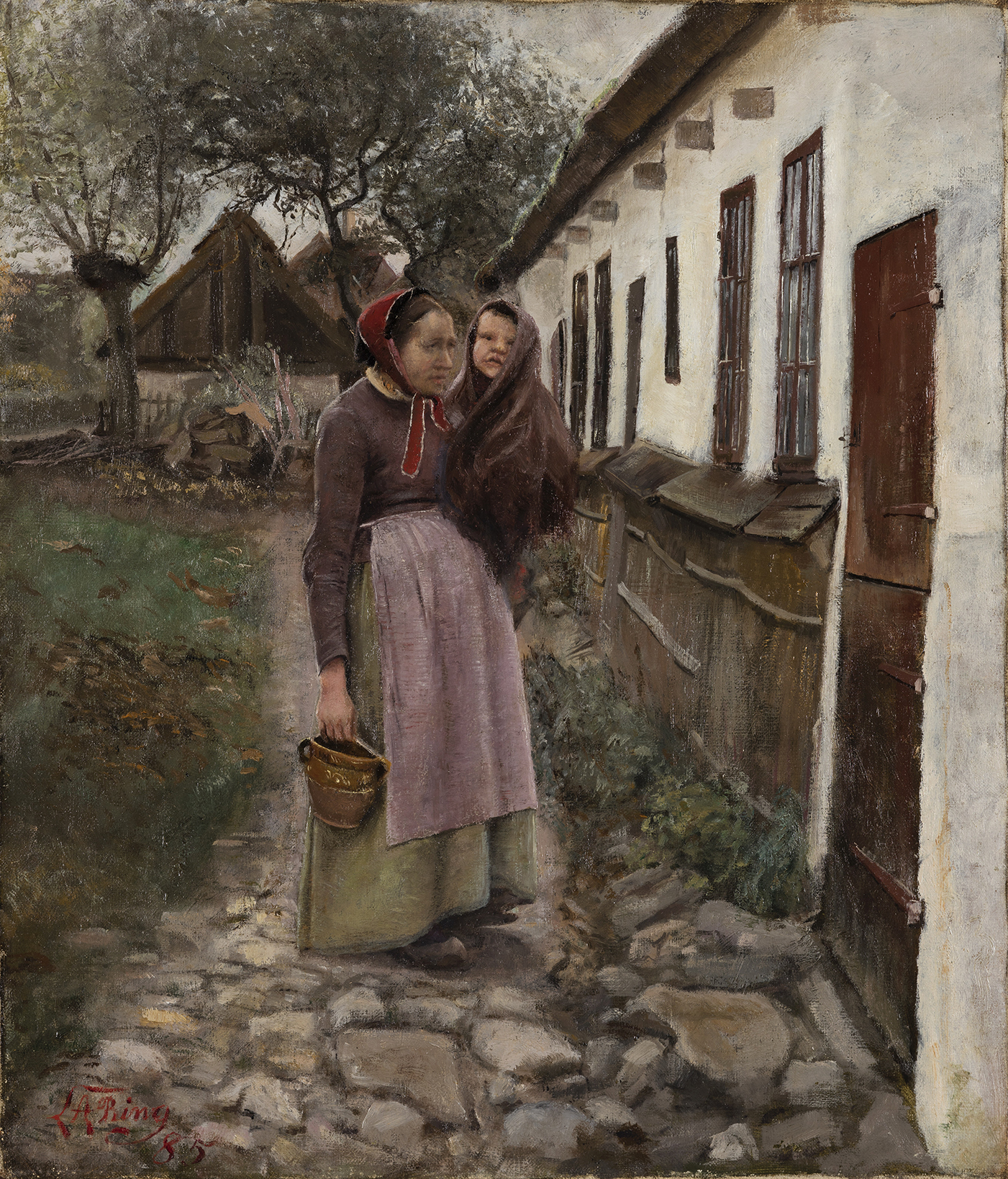
55,5 x 47,5 cm
1885
Outside a Farm House
42 x 31 cm
1888
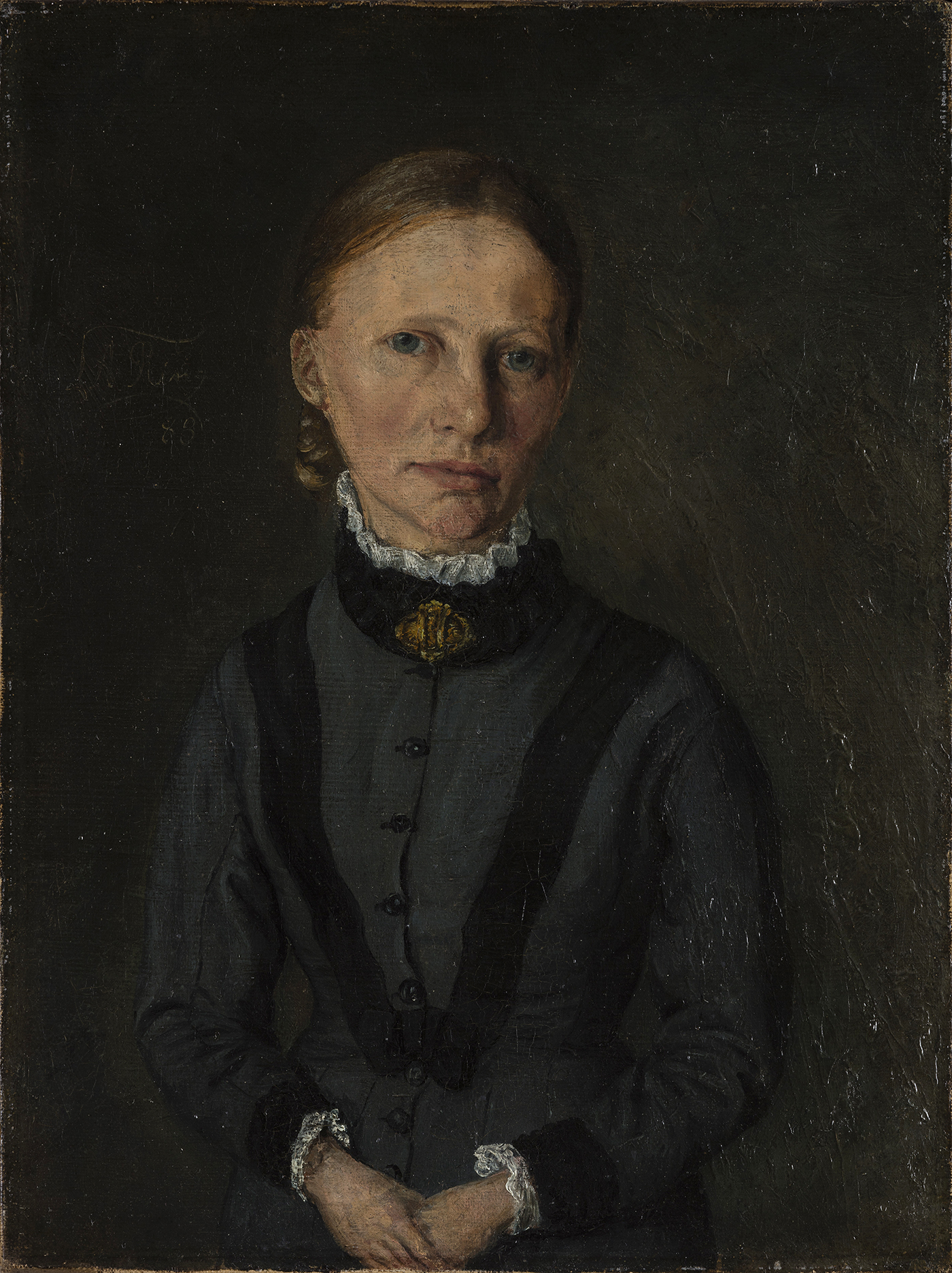
42 x 31 cm
1888
An Old Maid
Oil on canvas
111 x 141 cm
1890
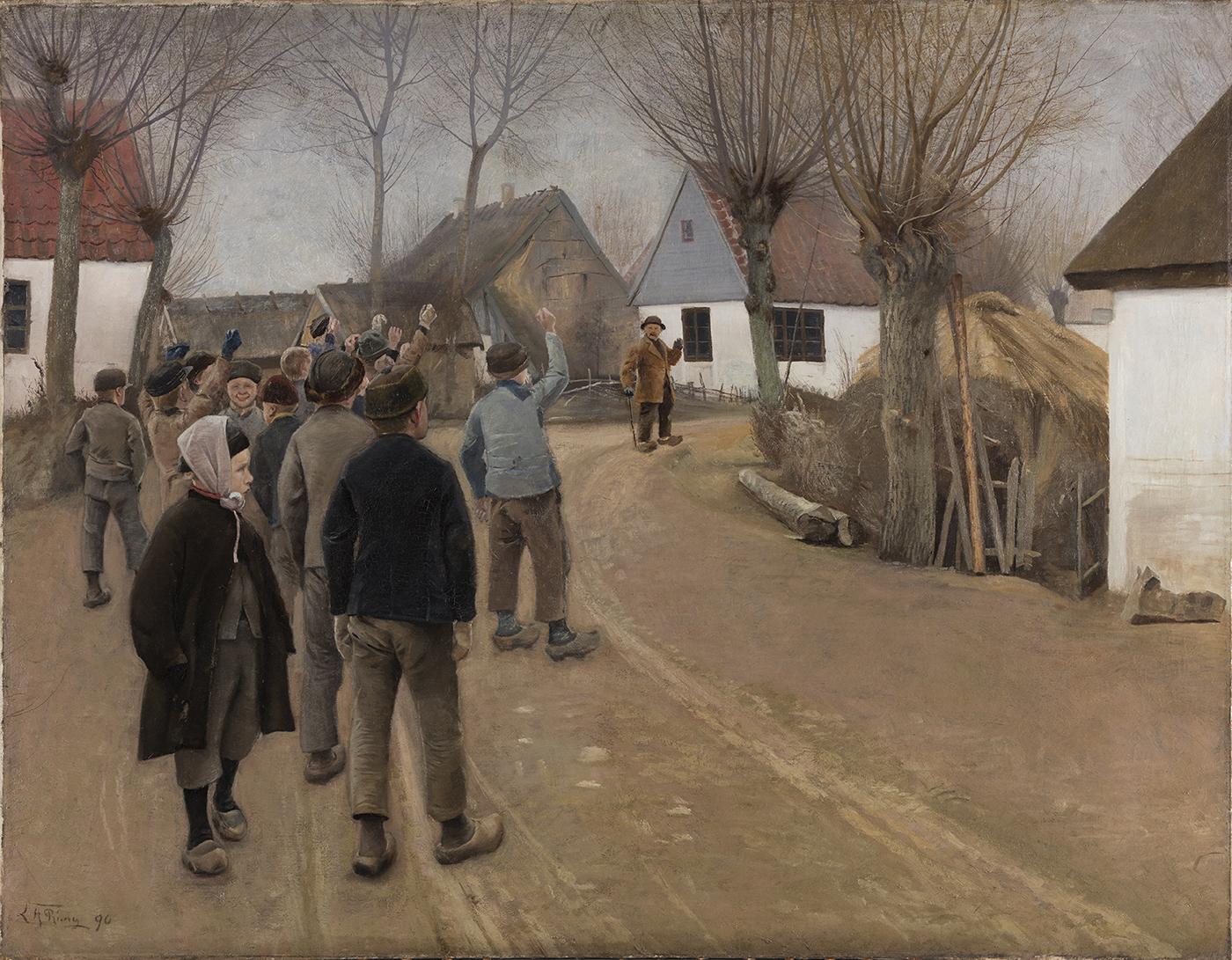
Oil on canvas
111 x 141 cm
1890
The Drunkard
The motif of the drunkard, isolated and pushed back towards the outskirts of the village, is a brutal representation of the rejection of the deviant by the crowd. The harshness is intensified in content by the fact that the scene takes place as part of the children’s social play. Their shamelessly distorted faces testify to nature red in tooth and claw as the sad basis of a society that is itself marginalized and has no leeway for human sympathy. With its monumental format the picture stands as a manifesto that confirms Ring’s pessimistic view of humanity.
Ring’s realism is not confined to the accurate registration of events, and he does not allow us to stand there as innocent and passive witnesses to this scene. On the contrary, the picture creates a basis for identification between the observer and the drunk, placed as he is – almost imploringly – at the centre of the vanishing-point of the picture. The lines of the picture and the road, however, do not guide the gaze into this point, but turn it to the left and in this surprising and abrupt shift allow us to feel the slight stagger in the drunken gaze.
39,5 x 49,5 cm
1890
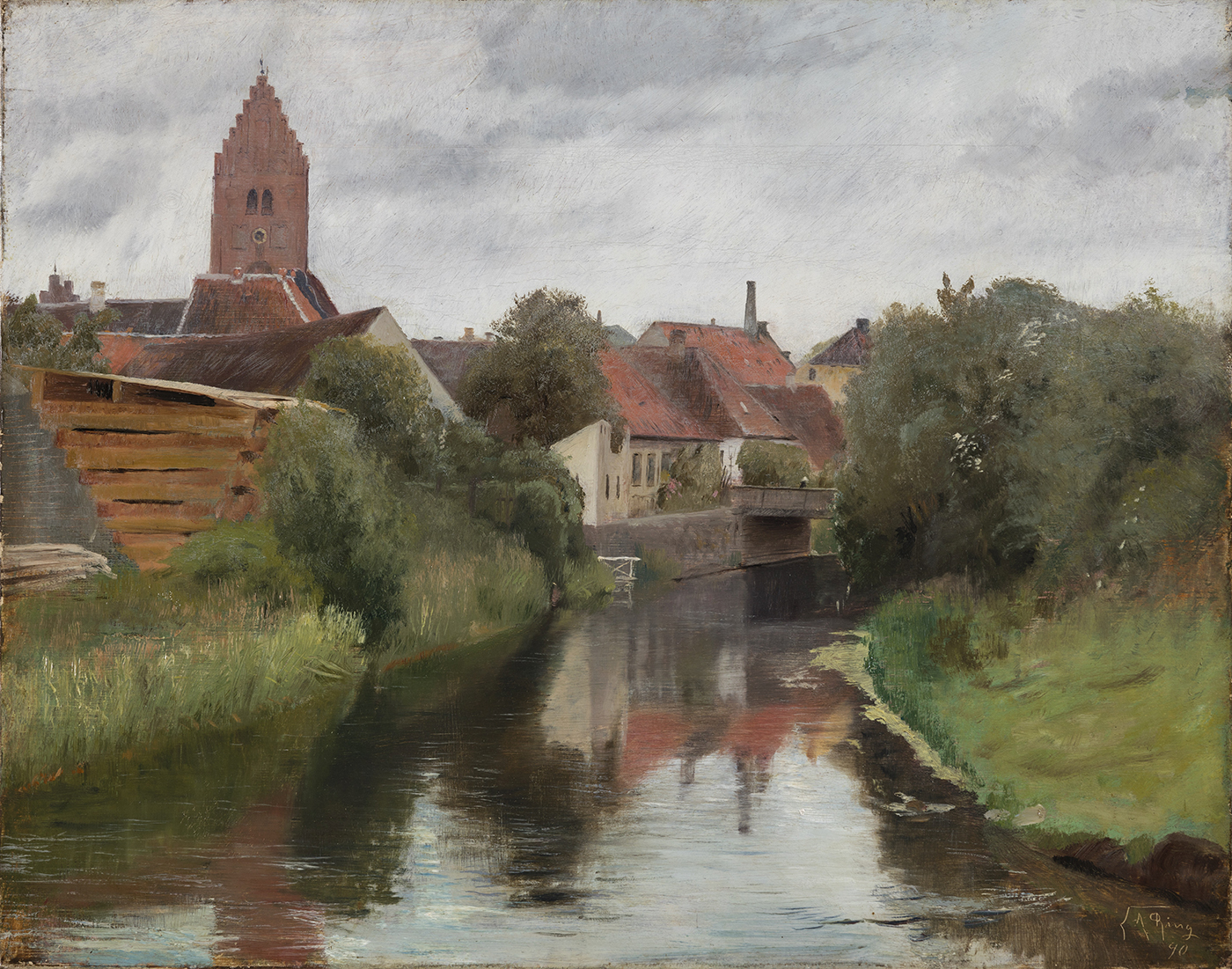
39,5 x 49,5 cm
1890
The Susaa River near Lille Næstved
47 x 67 cm
1893
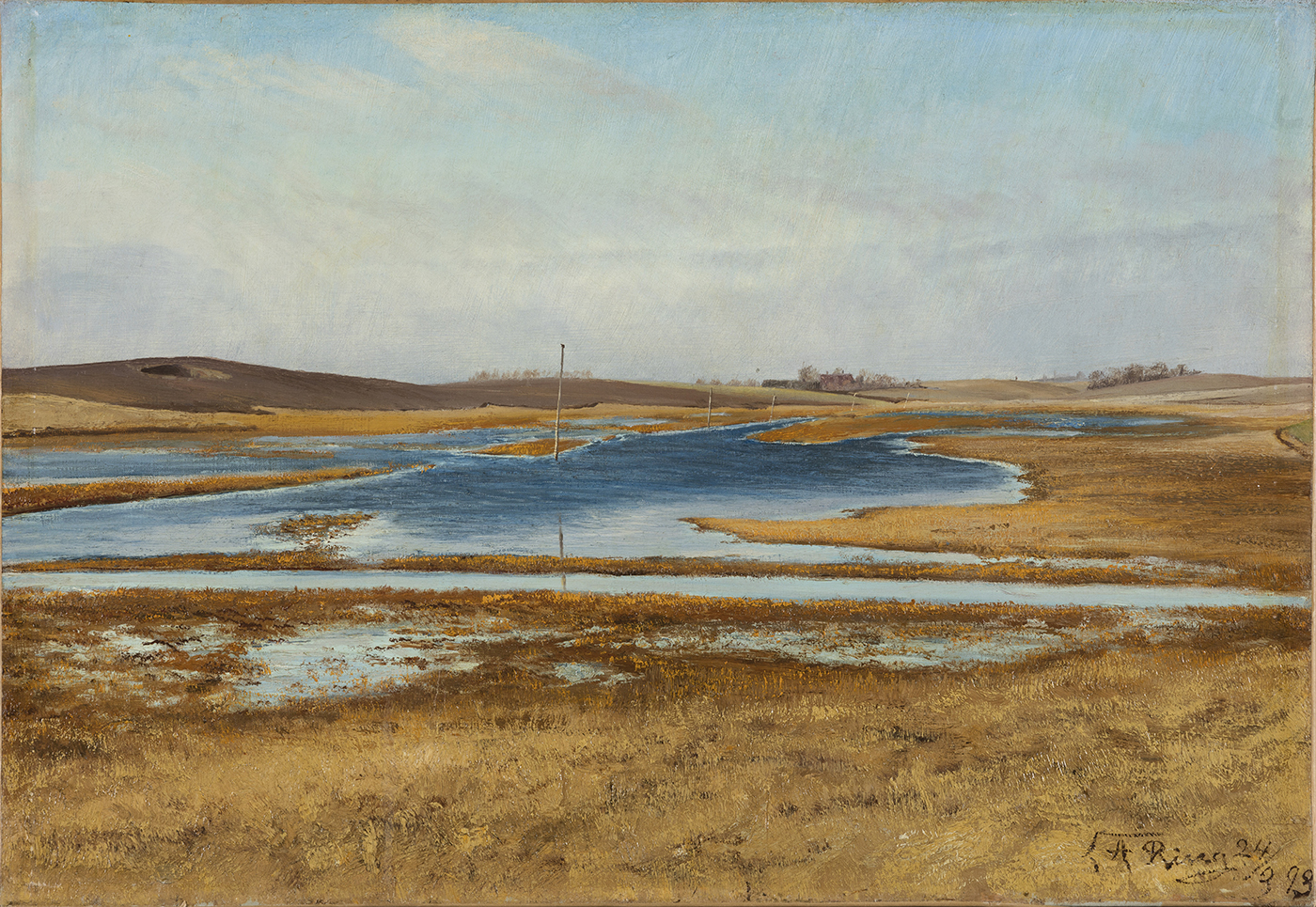
47 x 67 cm
1893
Flooded Meadow. The Region of Næstved
Pencil on paper
201 x 238 mm
1894
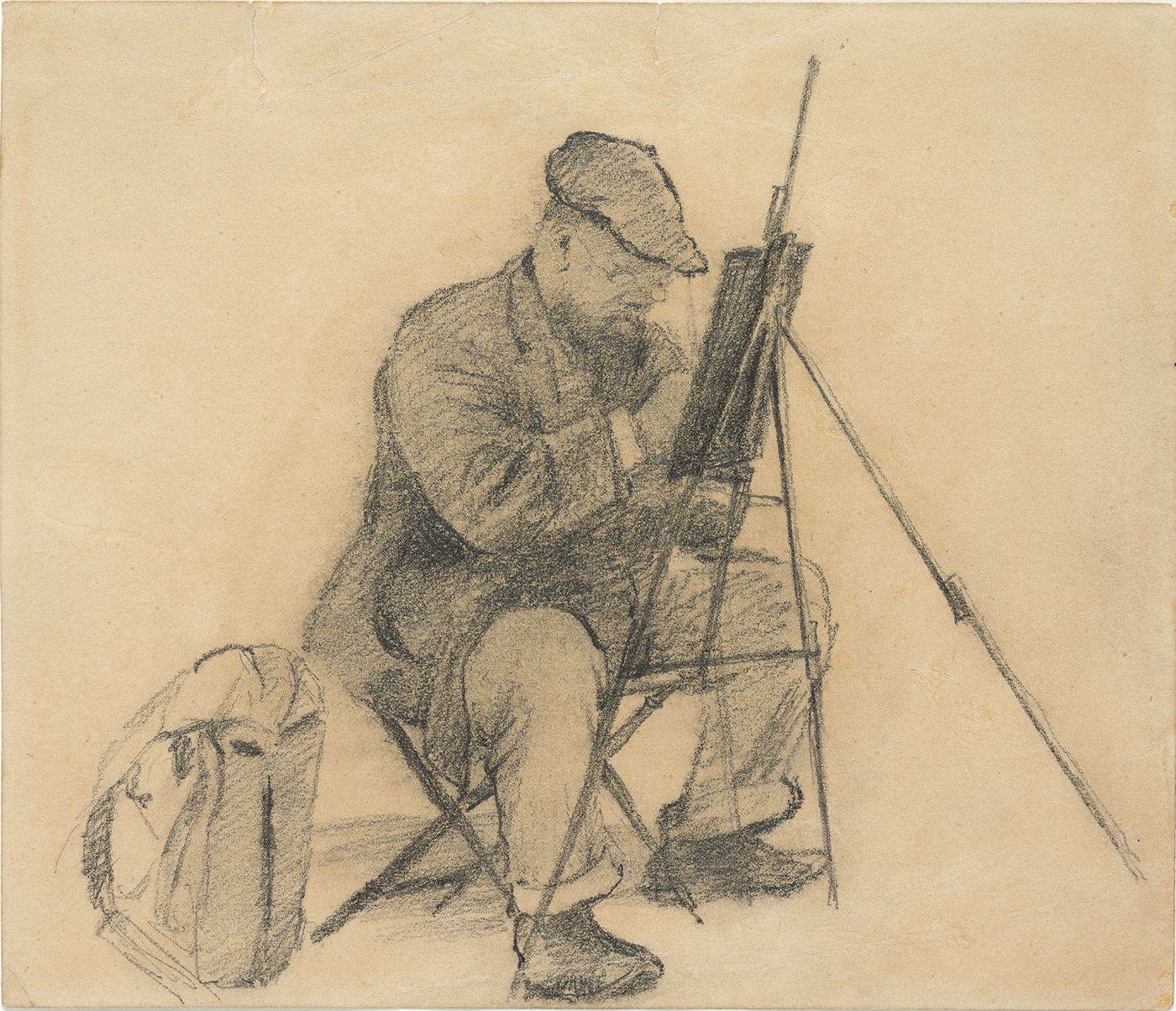
Pencil on paper
201 x 238 mm
1894
Portrait of Noël. A French Painter
29,5 x 65,5 cm
ca. 1897
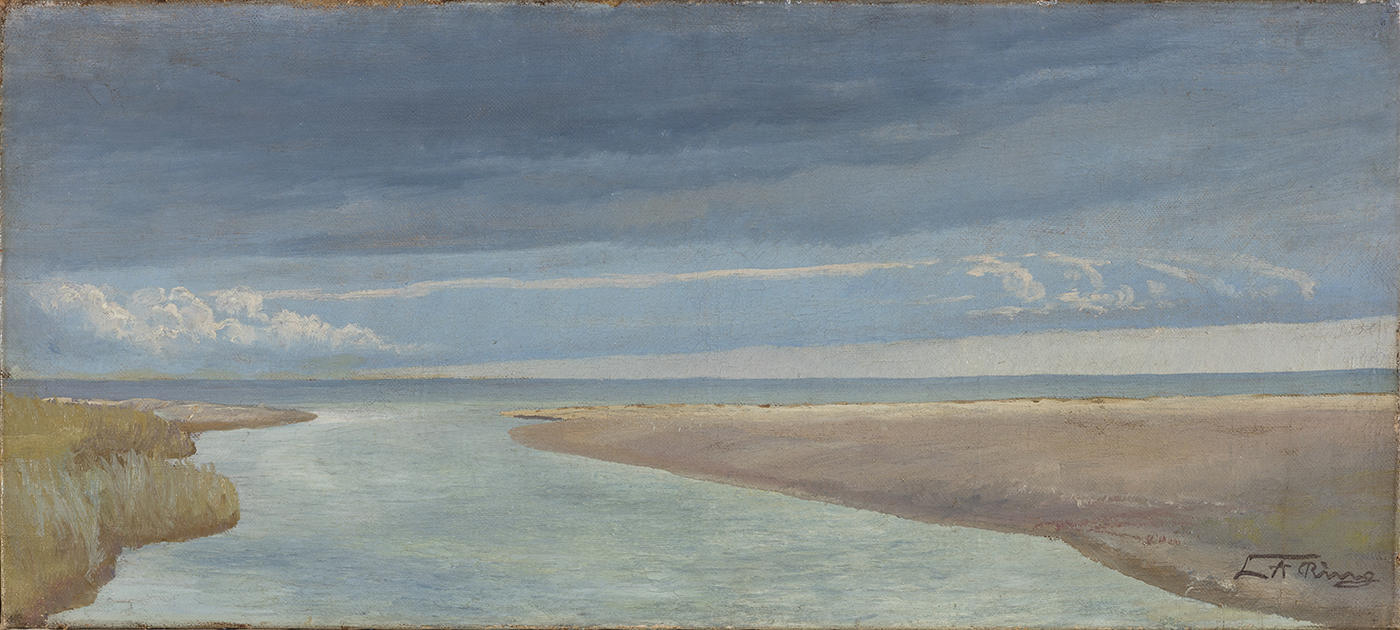
29,5 x 65,5 cm
ca. 1897
Stream between Karrebæk Fjord and the Sea
Olie på lærred
43,5 x 56 cm
1899
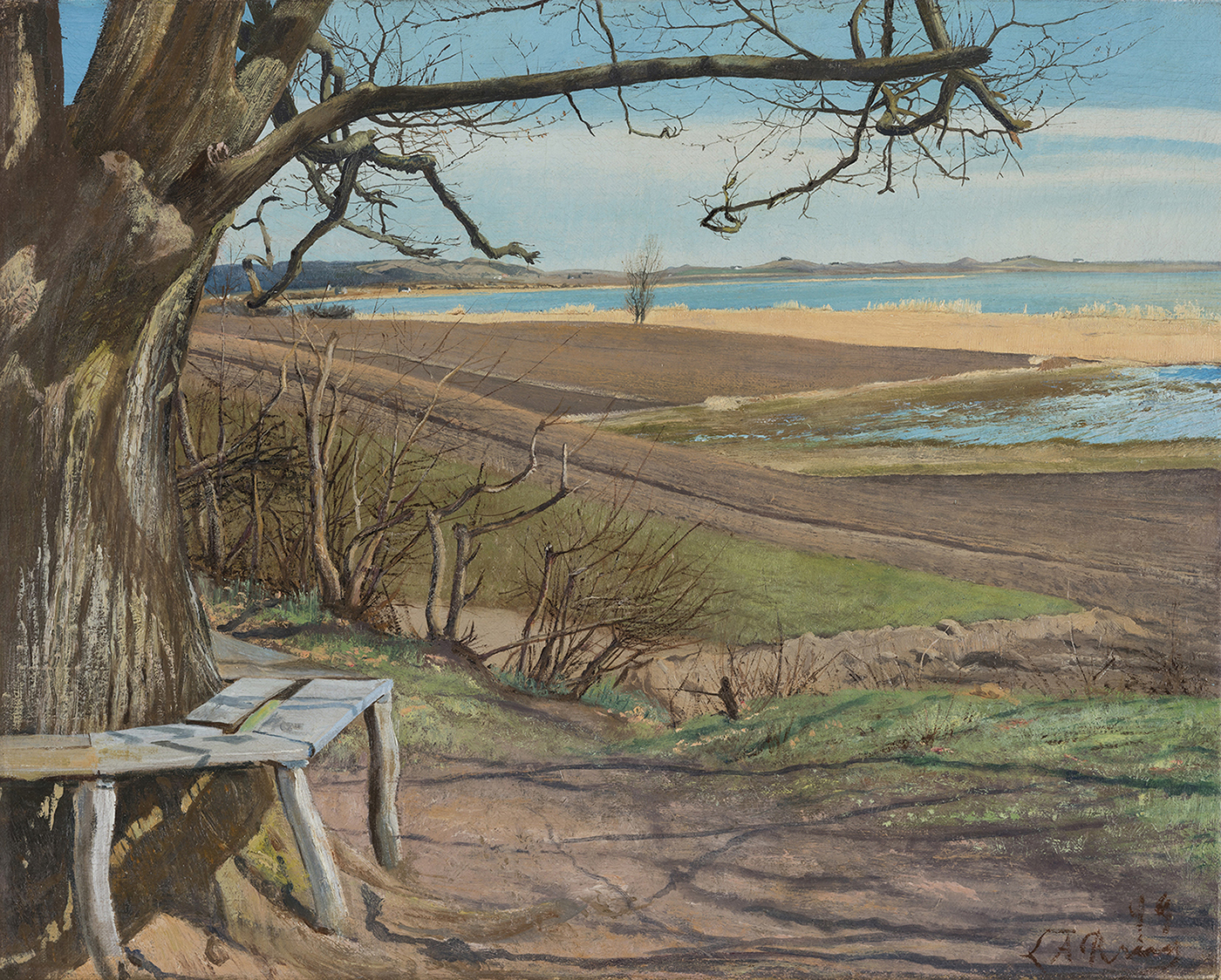
Olie på lærred
43,5 x 56 cm
1899
The Painter Lundbye’s Bench on the Shore of Lake Arresø
63 x 81 cm
1899
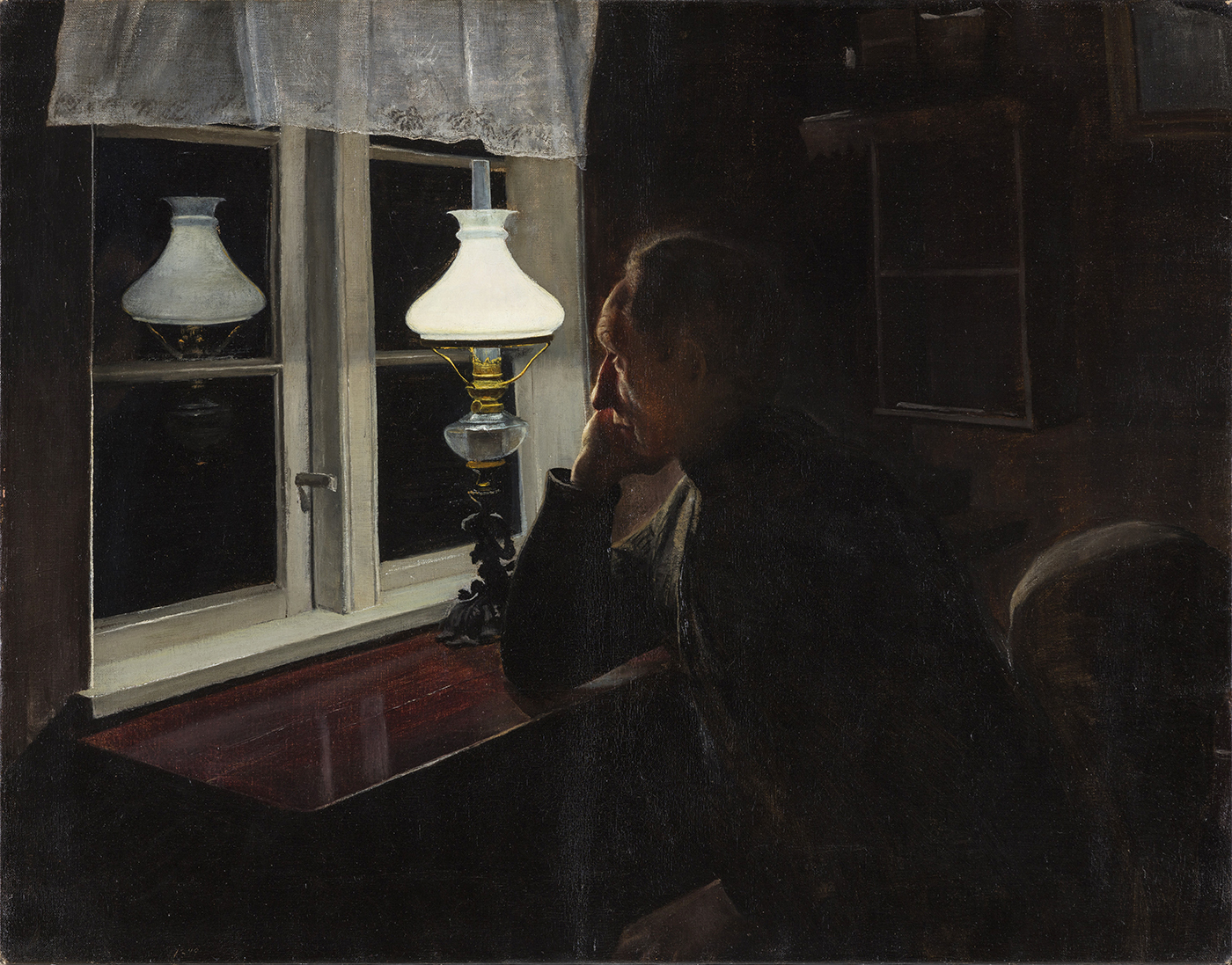
63 x 81 cm
1899
Alone. Interior by Lamplight with a Seated Man Buried in Thought
27,5 x 45,5 cm
1900
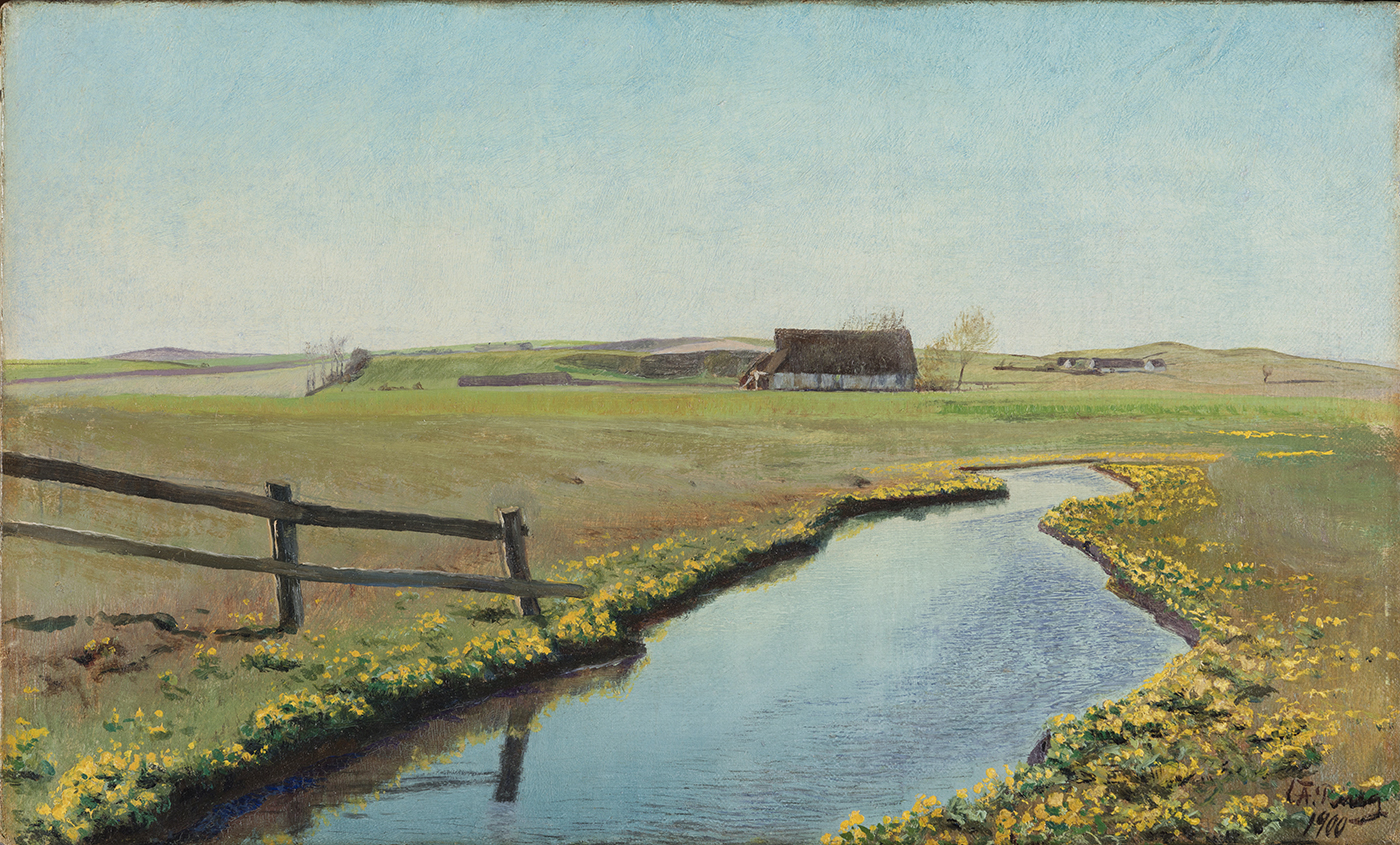
27,5 x 45,5 cm
1900
Stream in Early Summer. Frederiksværk
95 x 146 cm
1901
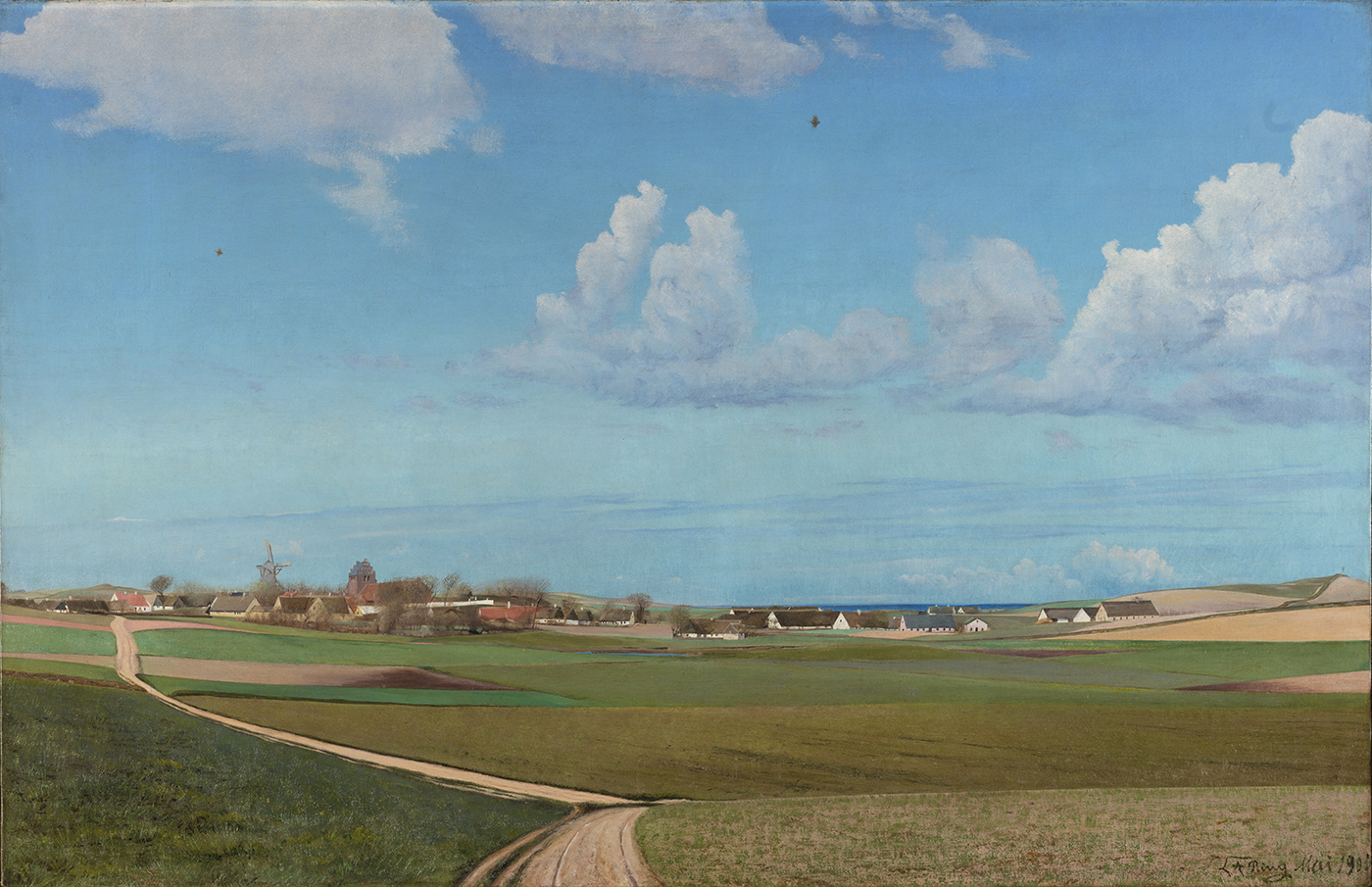
95 x 146 cm
1901
Early spring. Melby. Frederiksværk
45 x 37 cm
1903
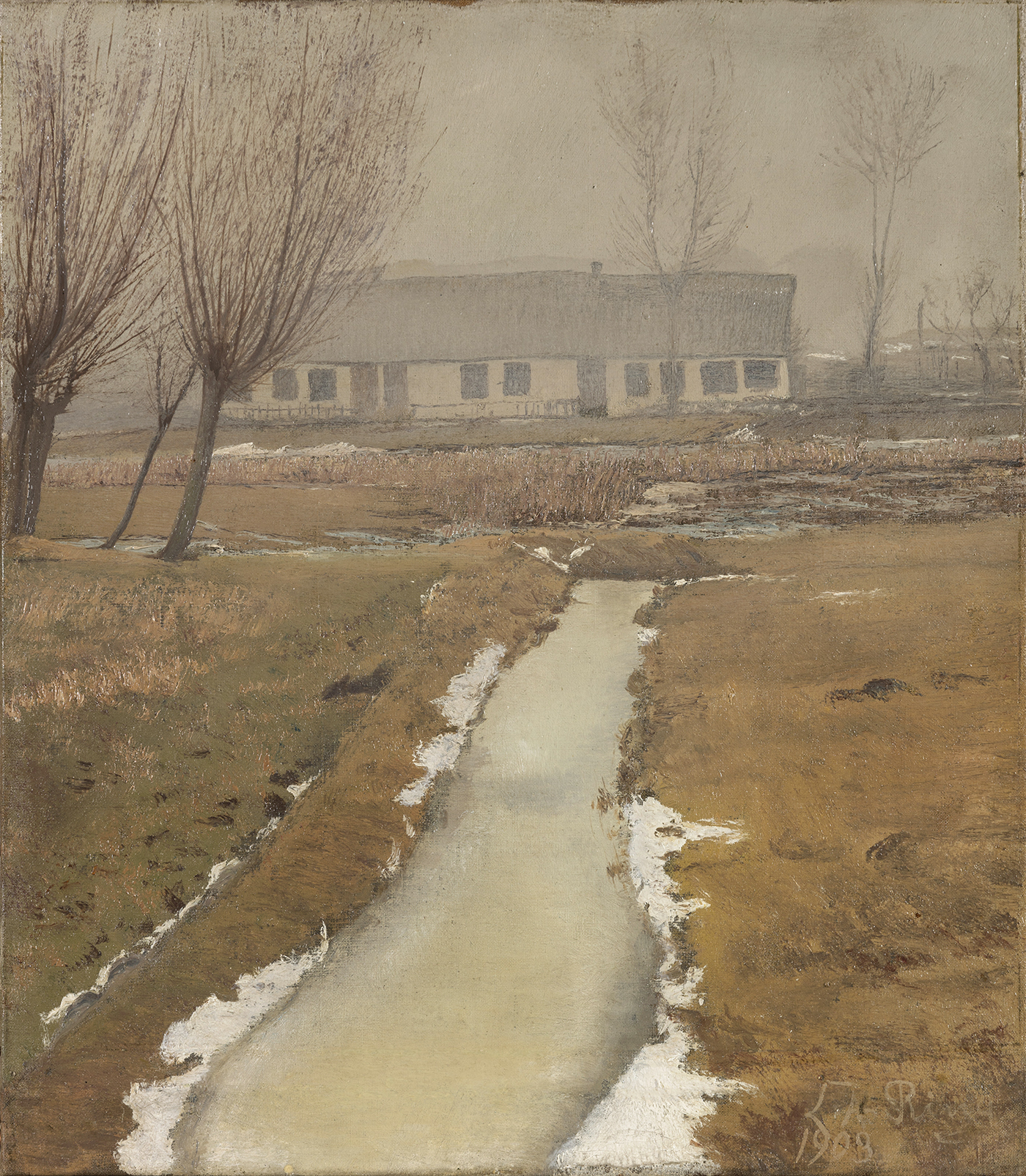
45 x 37 cm
1903
Vintertåge. Hedehusene
29,5 x 39 cm
1904
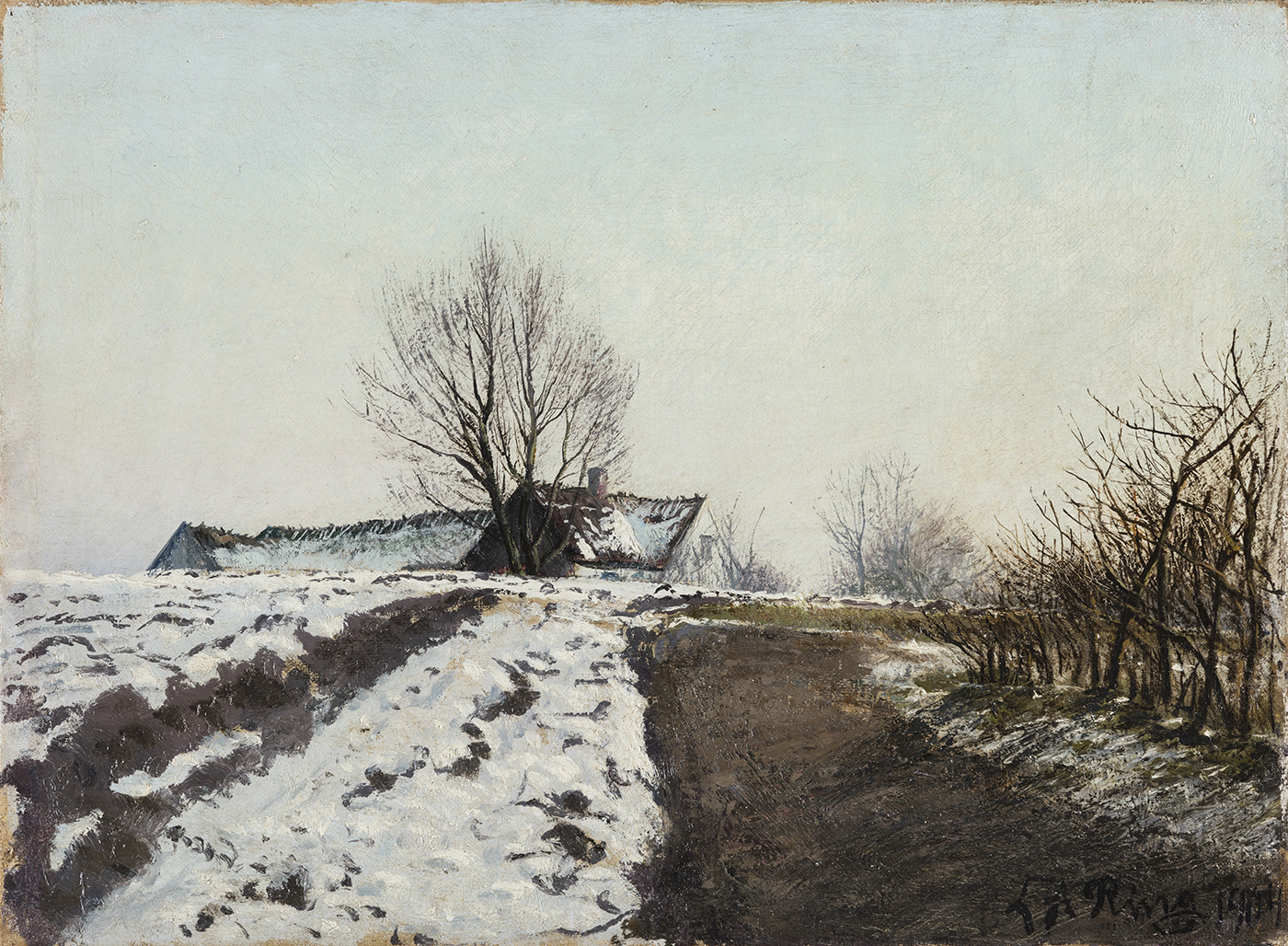
29,5 x 39 cm
1904
Clear Winter’s Day in Late Afternoon. Baldersbrønde
86,5 x 71,5 cm
1906
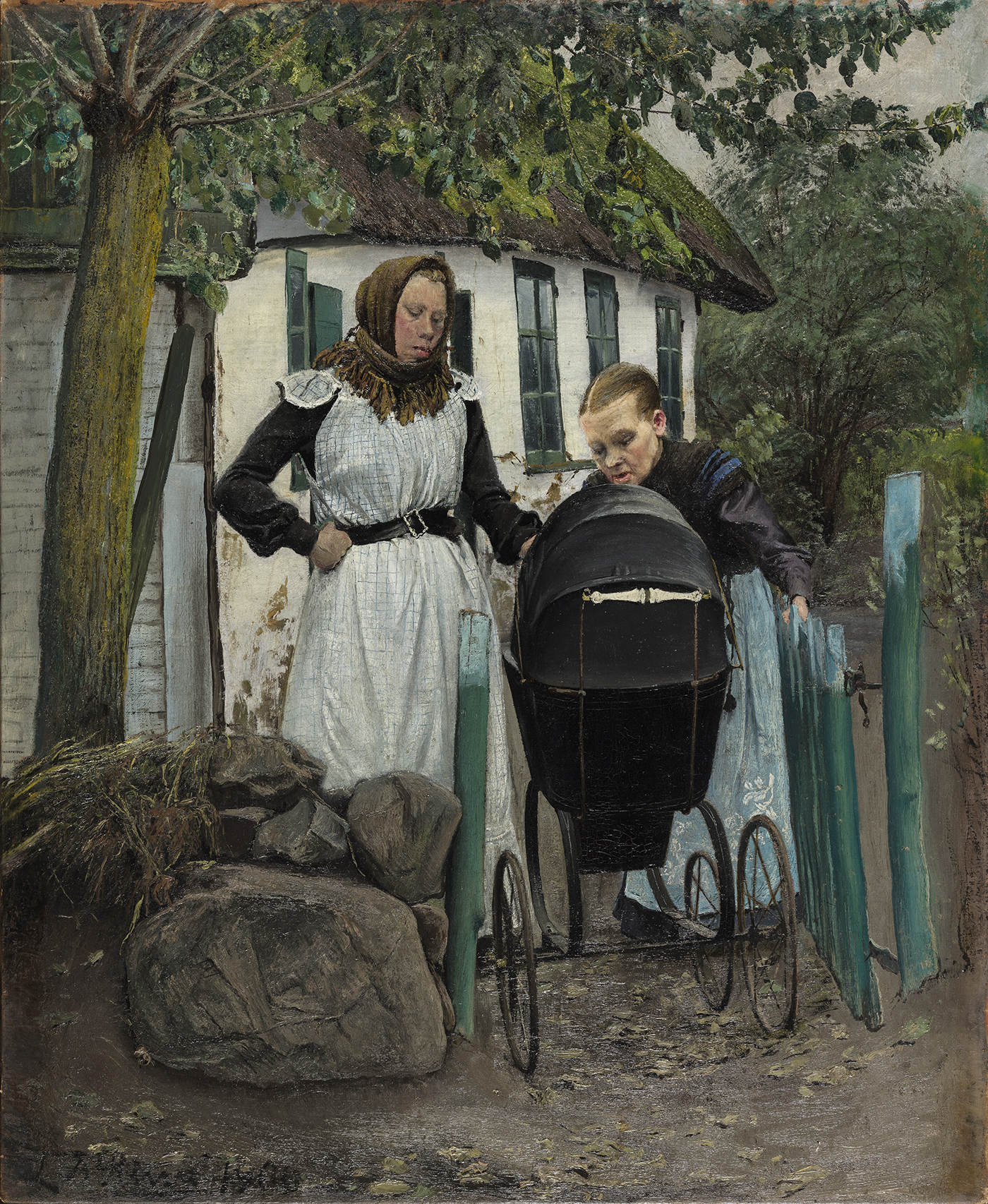
86,5 x 71,5 cm
1906
Outside a Farmhouse. Two Women with a Pram
41 x 157 cm
1906

86,5 x 71,5 cm
1906
Early Spring Scene: Road with Telegraph
29 x 39 cm
1911
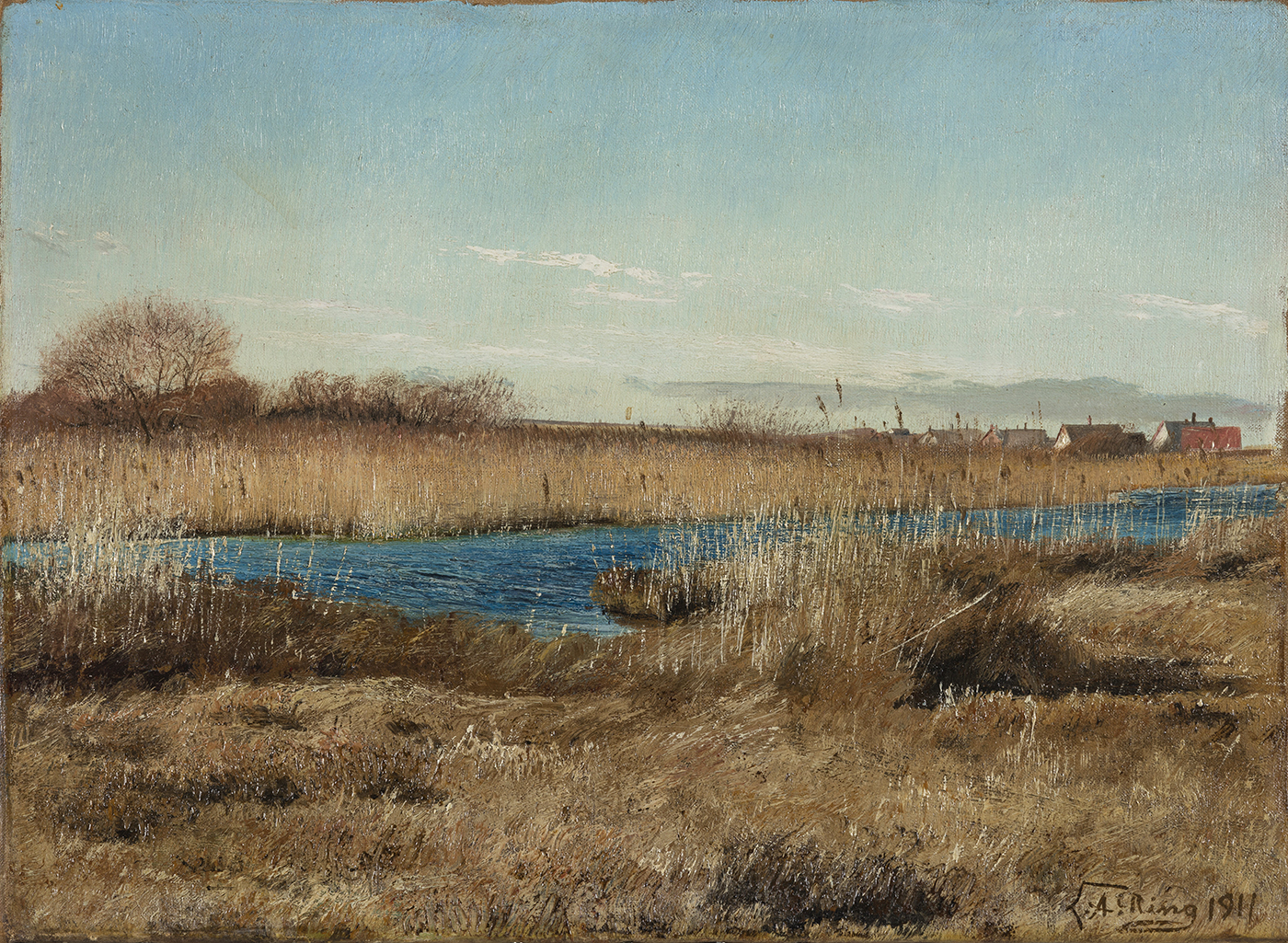
29 x 39 cm
1911
View of a Marsh in January. In the Background to the Right Baldersbrønde Village
Oil on wood
20 x 29 cm
1912
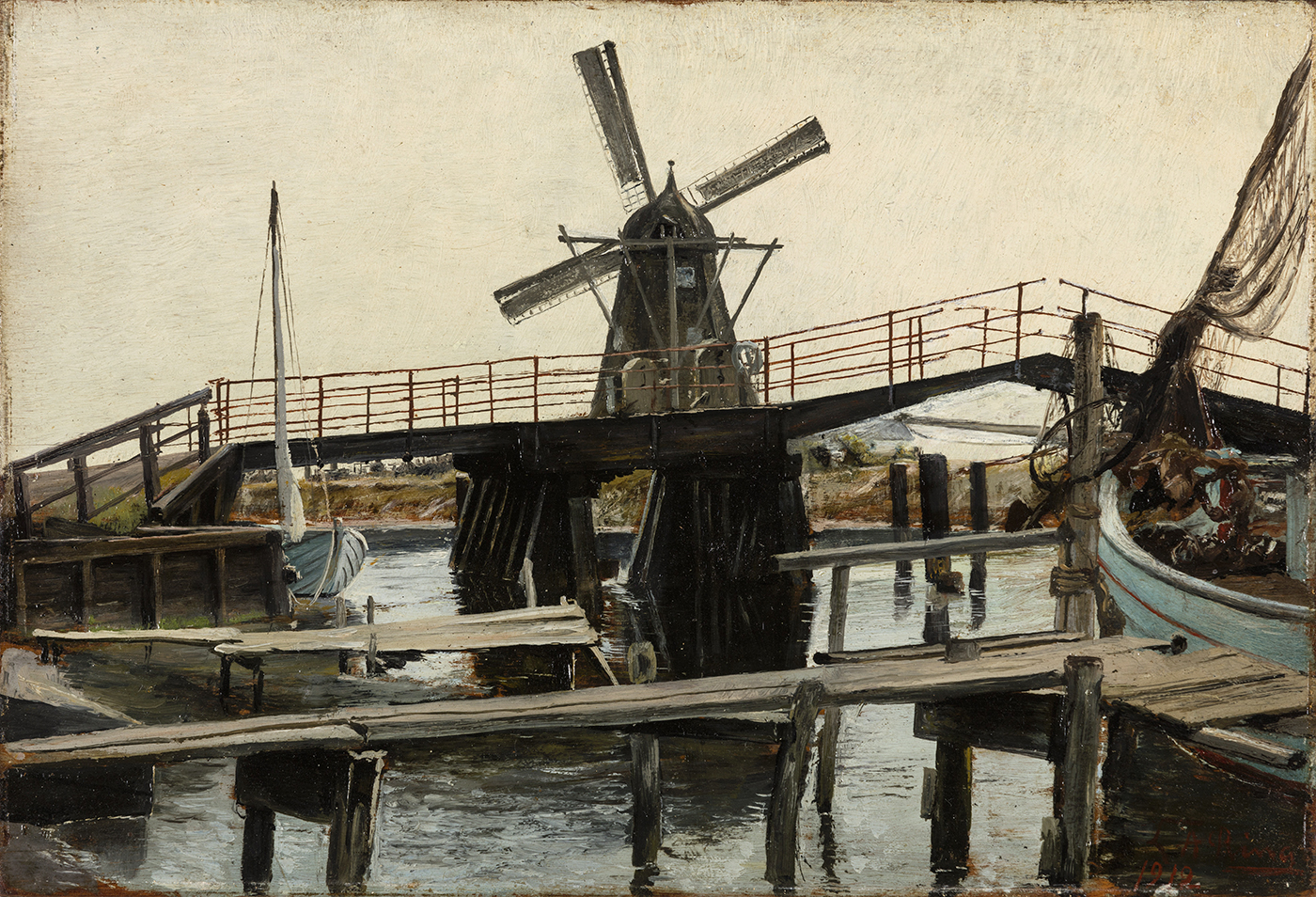
Oil on wood
20 x 29 cm
1912
Mill near Karrebæksminde
70 x 85 cm
1917

70 x 85 cm
1917
The Goldsmith’s Workshop
18 x 24 cm
1921
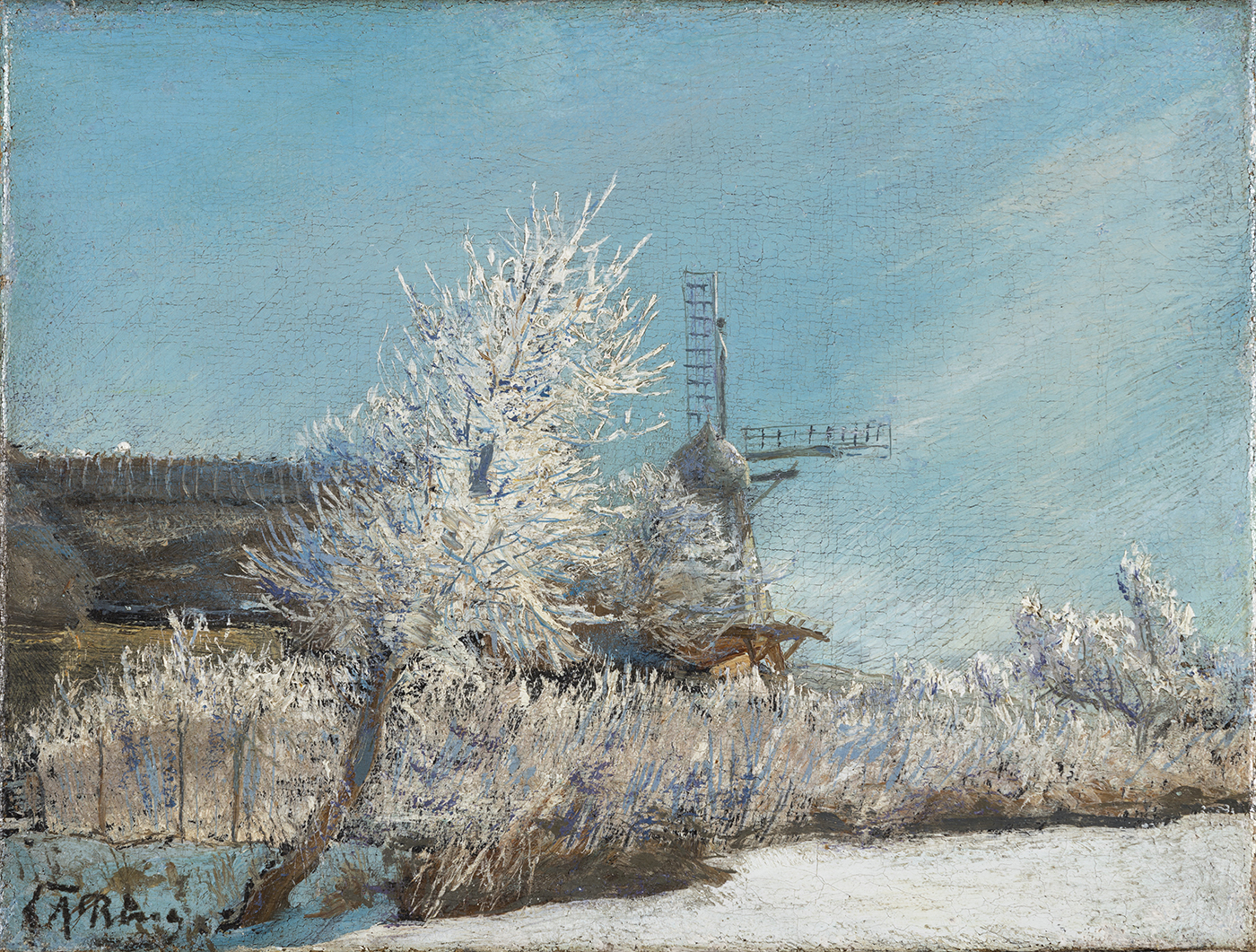
18 x 24 cm
1921
Winter Day with Mill and Thatched Farm Building
86 x 105 cm
1922
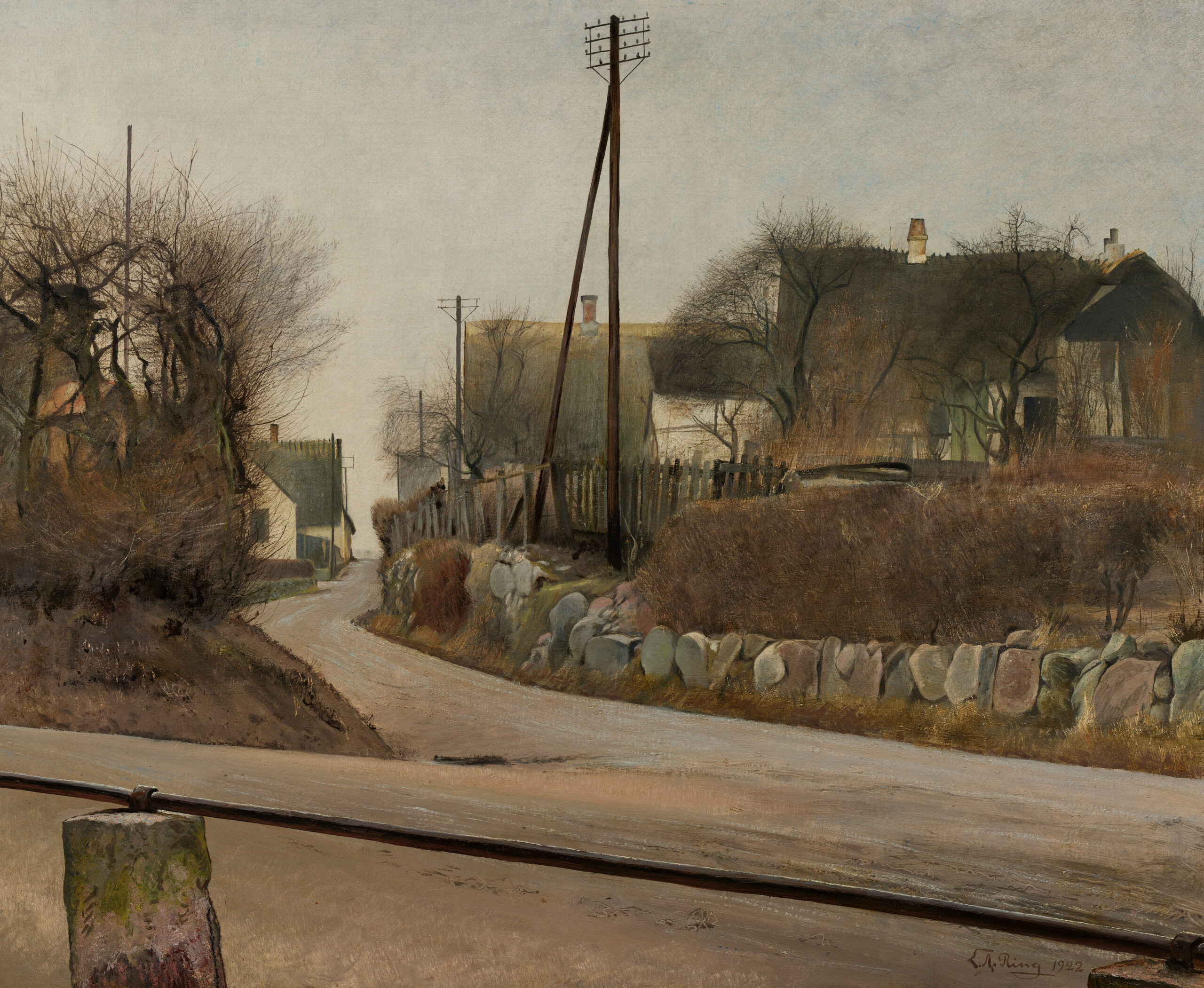
18 x 24 cm
1921
Street. St. Jørgensbjerg
36,5 x 28 cm
1925
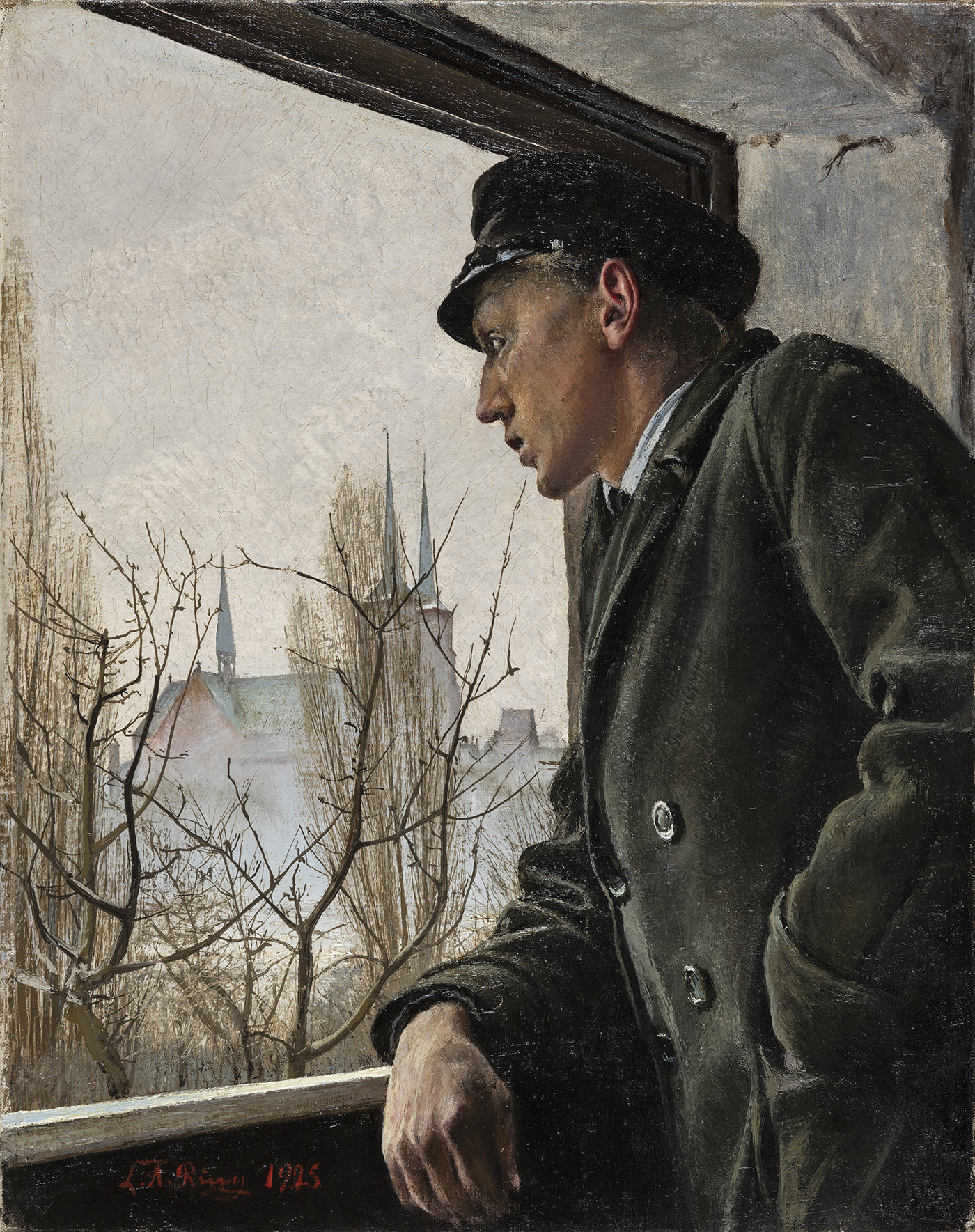
36,5 x 28 cm
1925
At the Window. Ole Ring Contemplating the View at Roskilde
80 x 58 cm
1928
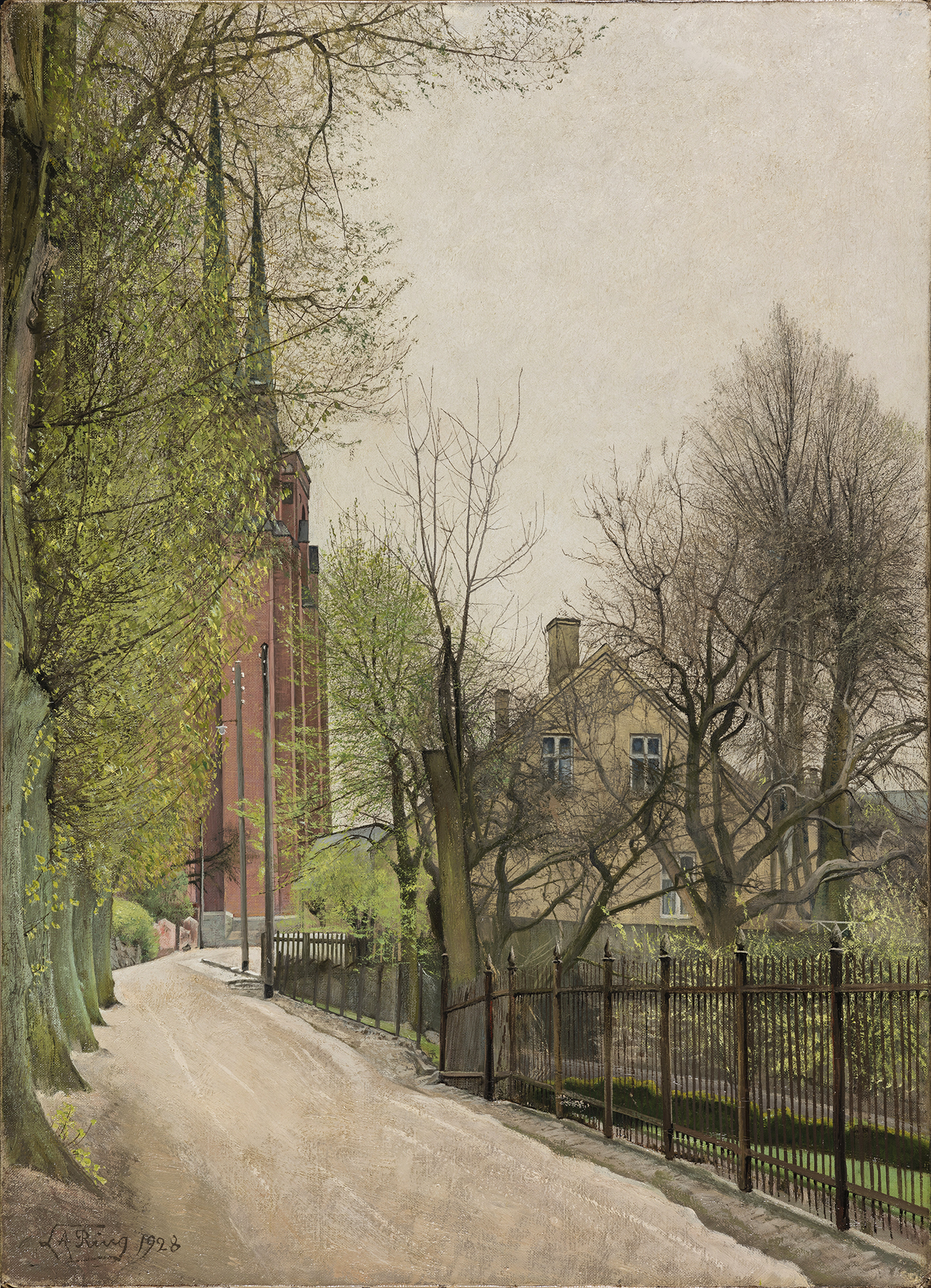
80 x 58 cm
1928
The Cathedral Seen from the Road Leading to Fjordvilla
67 x 85 cm
1929
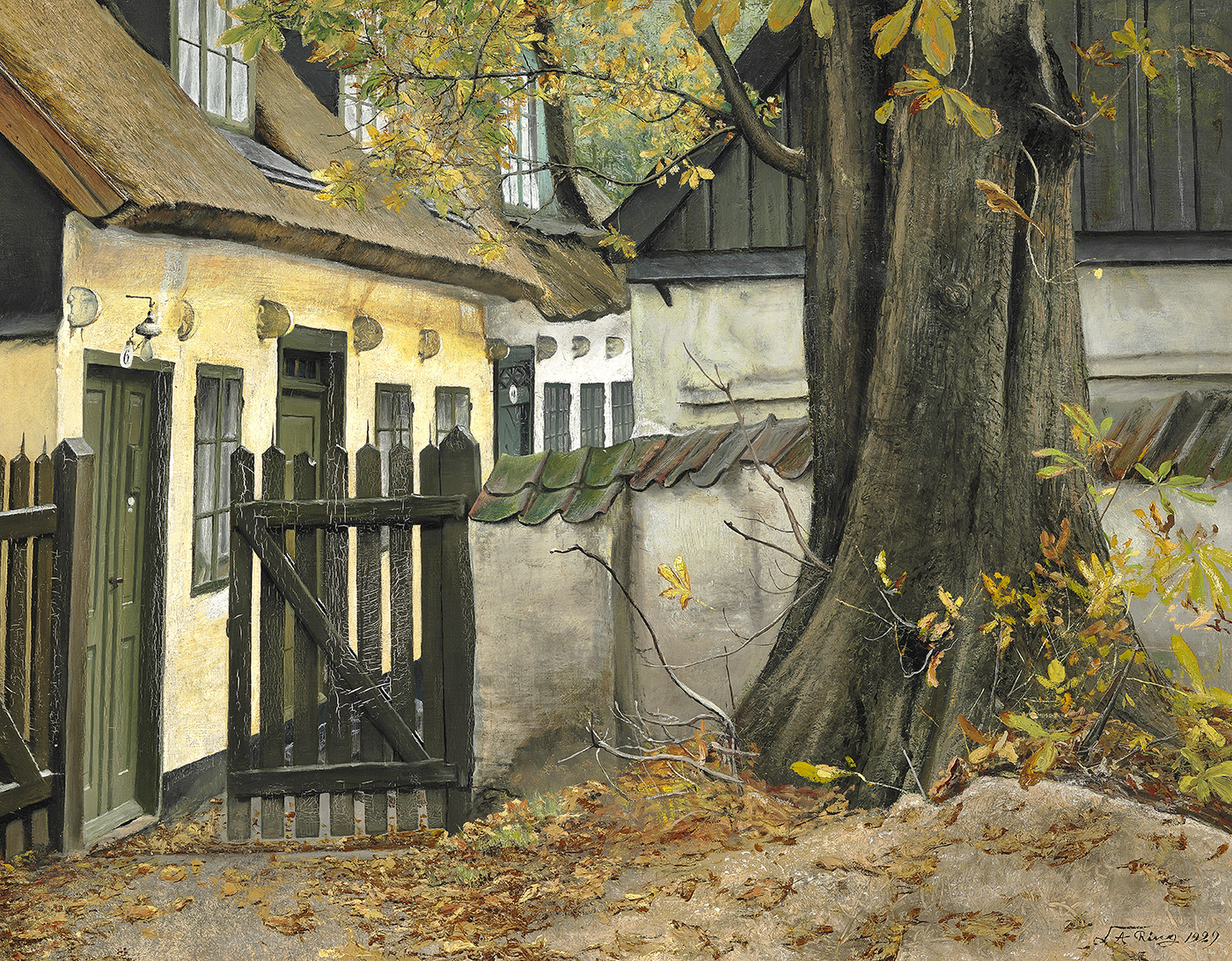
67 x 85 cm
1929